Voi Phuc Temple was built in the 7th Chuong Thanh Gia Khanh year (1065) of the Ly Thanh Tong dynasty; in the southwest corner of the old Thang Long citadel; Worshiping Linh Lang Dai Vuong – God Linh Lang. Therefore, in addition to the name Voi Phuc Temple, the temple also has another name: Linh Lang Temple.
In the ancient Thang Long exists four sacred temples worshiping the Gods who guard the four main posts of the citadel in the north, south, east, and west.
The four Temples of Protective Gods are Bach Ma Temple (White Horse) in the East, Voi Phuc (Kneeling Elephant) in the West, Kim Lien Pagoda in the South, and Quan Thanh Temple (Holy Mandarin) in the North; forming Thang Long Tu Tran (the four guards).
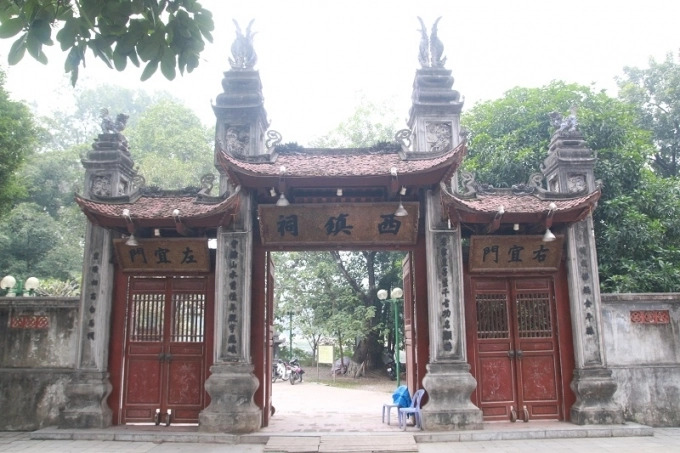
Tam Quan gate at Voi Phuc temple
Origin history
There are many legends about Than Linh Lang. According to historical records, Linh Lang was the prince of the Ly Dynasty – Hoang Chan; King Ly Thanh Tong’s son; helped his father to fight against the Song invaders on the banks of the Nhu Nguyet river (Cau river) and died there.
The legend says that Linh Lang (the dragon) was the son of a Concubine (wife of King Ly Thanh Tong). When the Song army came to invade the banks of our country, at that time Linh Lang had grown.
He asked his father to grant his army and two elephant chopping boards to fight the enemy. When the elephant arrived, Linh Lang forced the elephant to kneel.
The elephant immediately knelt and took him and the generals to battle. In a battle with the enemy on the Cau River line, Linh Lang died.
To remember the prince’s merits, King Ly Thanh Tong ordained Prince Linh Lang Dai Vuong and built the temple, and carved two stone elephants to kneel in front of the temple door.
Later, people prayed to the island to call it Voi Phuc Temple.
The architecture of the Voi Phuc temple
Voi Phuc Temple is located on a flat and spacious mound. The bonded and inner triangle turned to the Southeast.
The main hall looks to the East, towards Thu Le Lake. The two sides of a wide and long alley paved with big bricks leading to the temple still retain many old trees.
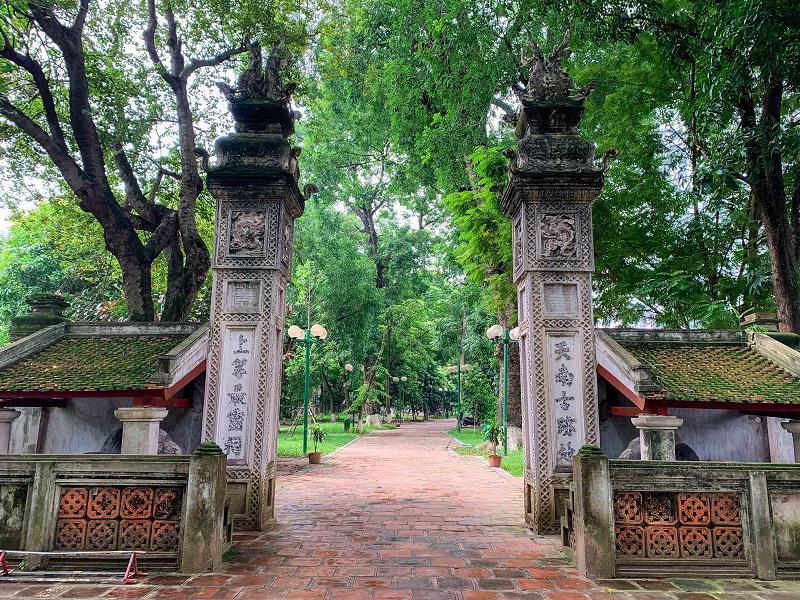
In front of the altar, there were many rather high stone steps leading down to a semicircular well. There is a small road along the lake bank that is also paved, leading to a long and curved bridge over the zoo of Thu Le Park.
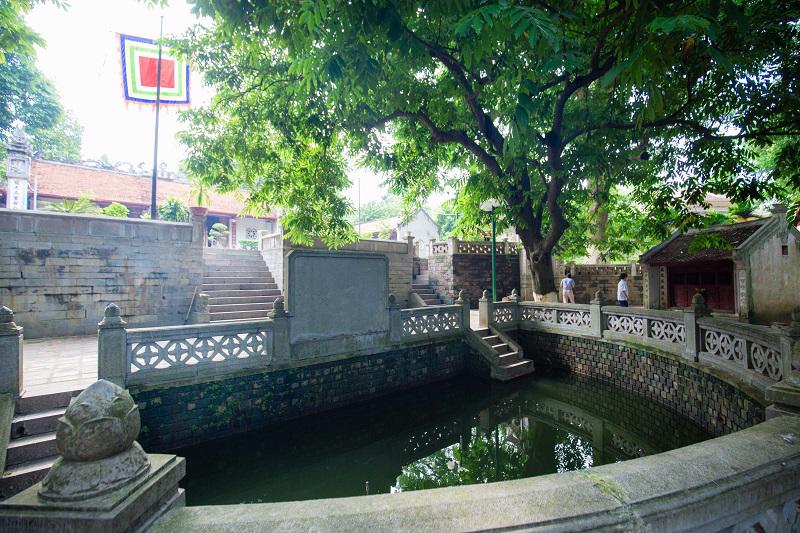
The previous house was built according to the three-room, two-course architecture; the main hall displayed the wooden shelves for the weapons to be very solemn and solemn; on the left side put the big drum; on the right side hung a big bell.
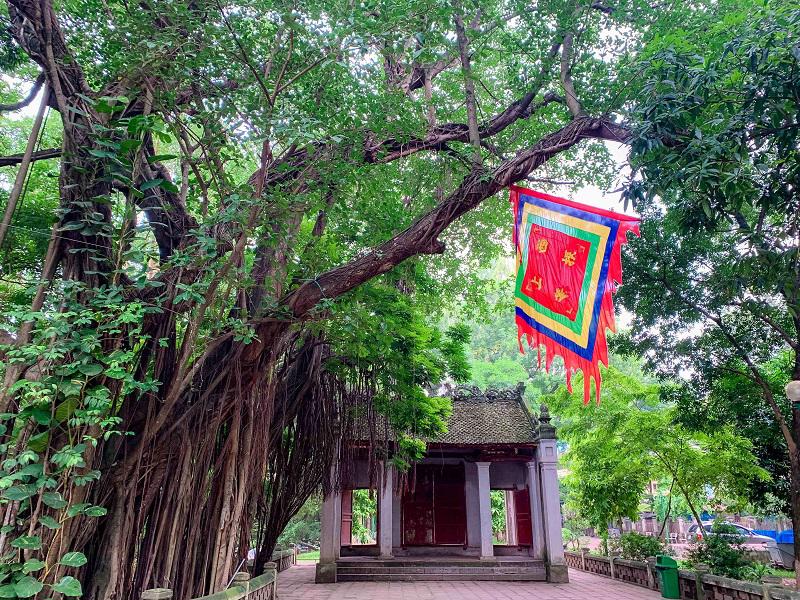
On both sides of the porch, there are two small roofs to cover the pink and white horses. The burial court has wooden doors open on all four sides, in a display of long thrones, all deities.
The upper palace consists of three compartments, with altars with some wooden and bronze statues.
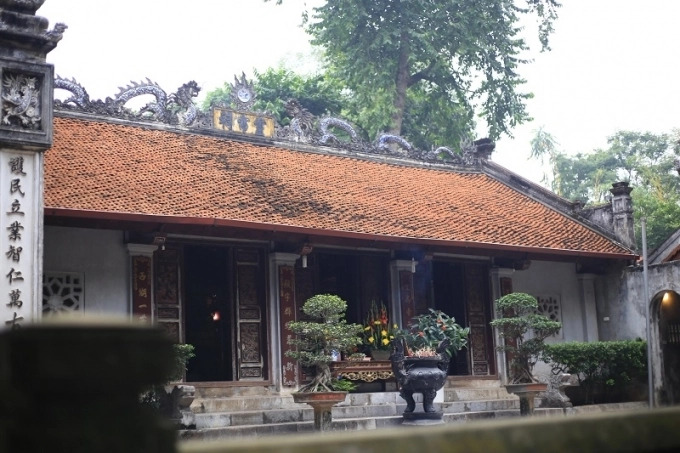
The main temple roof is covered with dipterocarp on the roof, and four sides have curved blades bearing the shape of a dragon, phoenix, unicorn, and tiger.
The back office consists of 5 compartments, also the door to the table with ironwood pillars; The front porch has a pair of stone mascot statues. This is the place to worship the mother of Linh Lang and the Holy Mother.


